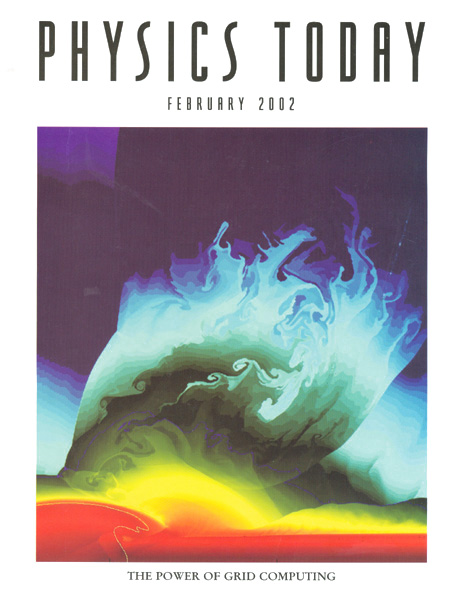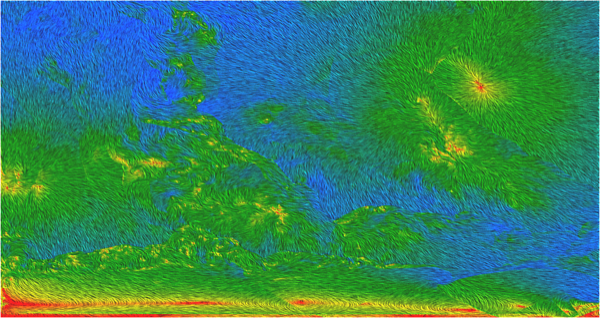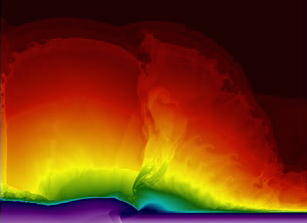
|
Cococubed.com
|
| Helium Detonations On Neutron Stars |
Home
Astronomy Research
2025 Neutrinos From De-excitation
2024 Radiative Opacity
2024 Neutrino Emission from Stars
2023 White Dwarfs & 12C(α,γ)16O
2023 MESA VI
2022 Earendel, A Highly Magnified Star
2022 Black Hole Mass Spectrum
2021 Skye Equation of State
2021 White Dwarf Pulsations & 22Ne
Software Instruments
AAS Journals
2025 AAS YouTube
2025 Listing of 500+ Author Videos
2025 AAS Peer Review Workshops
2025 ASU Energy in Everyday Life
2025 MESA Classroom
Other Stuff:
Bicycle Adventures
Illustrations
Introductory Astronomy
Energy in Everyday Life
Geometry of Art and Nature
Seedhead phyllotaxis
Calculus
Logos and Motifs
Nifty HR diagrams
Supernova 1987A
Unknown Pleasures
Reaction network matrices
Nuclide charts
Presentations
Contact: F.X.Timmes
my one page vitae,
full vitae,
research statement, and
teaching statement.
Helium Detonations on Neutron Stars (2001)
In this article we explore the results of a numerical study of helium detonations on the surfaces of neutron stars. We describe two-dimensional simulations of the evolution of a detonation as it breaks through the accreted envelope of the neutron star and propagates laterally through the accreted material. The detonation front propagates laterally at nearly the Chapman-Jouguet velocity, v=1.3 × 109 g cm-3. A series of surface waves propagate across the pool of hot ash behind the detonation front with the same speed, matching the speed expected from shallow water wave theory. The entire envelope oscillates in the gravitational potential well of the neutron star with a period of ~50 µs. The photosphere reaches an estimated height of 10 km above the surface of the neutron star. Our study confirms that such a detonation can insure the spread of burning over the entire neutron star surface on a timescale consistent with burst rise times. We analyze the sensitivity of the results to the spatial resolution and the assumed initial conditions. We conclude by presenting a comparison of this model to type I X-ray bursts.

Cover of Physics Today February 2002 |

Line Integral Convolution, Randy Hudson. |

mpg movie, Mike Papka |
|

mp4 movie. |
|
See Mike Zingale's pages for more images and movies.